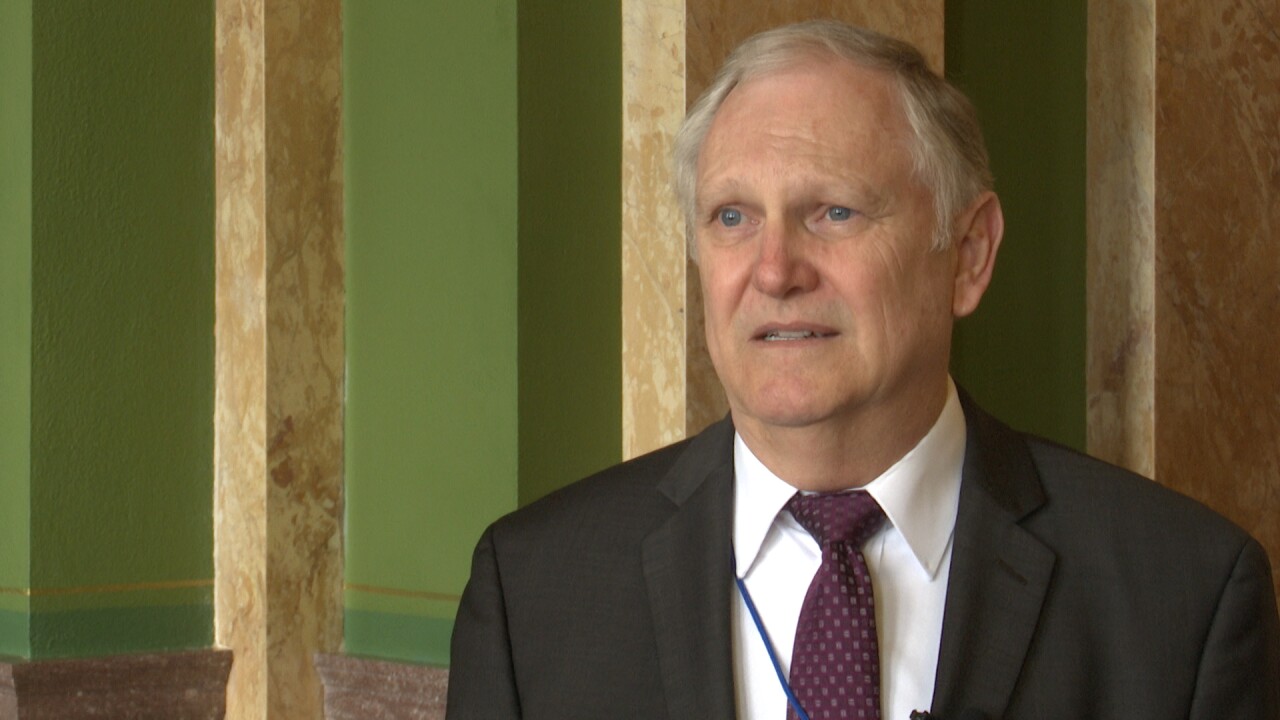HELENA — As the Gianforte administration decides which $600 million worth of proposed local water-and-sewer projects are left on the cutting-room floor, it will rely heavily on the “scoring” of these 300-plus proposals, officials said Tuesday.
“We can only spend what we have, and we want to be prudent,” said Mike Foster, the administration’s director for American Rescue Plan Act (ARPA) funding. “Our approach is to say … `we look at the scoring.’ That’s really the whole point – what does the scoring indicate?”
The scoring of the 308 applications competing for $250 million in federal Covid-19 relief funds will be done by the state Department of Natural Resources and Conservation and other state agencies, completed by Aug. 15.
Once that process is complete, the nine-member Infrastructure Advisory Commission – created by the 2021 Legislature – will make its recommendations on which projects should get grants, likely at its Sept. 22 meeting.
The Gianforte administration will make the final call on which projects are awarded. But, as Foster made clear this week, the scoring process will play a prominent role in whose project is chosen.

“We’ll see how the rankings go,” he told the commission Tuesday at the Capitol. “The September meeting is going to be extremely important.”
Applications for competitive grants for water-and-sewer projects total $852 million, coming from cities, counties, water districts, irrigation and conservation districts, schools and even state government.
Some applications are strictly in the “competitive” category; some are seeking a combination of competitive grant and “minimum allocation grant,” which is a minimum amount allocated to each Montana county or city or town. The minimum-allocation pool totals $150 million.
Many of the larger counties and cities have submitted multiple requests for grants.
For example, entities in Gallatin County, including Bozeman, Belgrade and Big Sky, have submitted 27 applications for $148 million in grants; Yellowstone County has 33 requests totaling $120 million and Flathead County 26 applications that come to $50 million.

“It looks like the big counties are trying to suck the well dry, before anyone else gets a tap at it here,” state Rep. Jim Keane, D-Butte, a commission member, said Tuesday. “Is there going to be anything left for the other people, if those grants are given to them?”
Anna Miller, deputy administrator of DNRC’s Conservation and Resource Development Division, said Tuesday the scorers will apply the same range of criteria to each project, including:
· Whether public health or water quality is in jeopardy, without the project.
· The need for additional water- and sewage-system capacity, in fast-growing areas.
· Whether cities or towns requesting the money are not in compliance with existing water regulations.
· Whether user fees charged to consumers are affordable, with the project.
· How much in matching local funds are being provided.
· Whether the project is ready to begin, if the money is awarded.

Some smaller communities have simply contacted the state and said “give us $25,000 so we can fix our system,” Miller said – and, the state will try to work with them to formalize and refine their request.
She also noted that some projects have multiple sources of revenue, and the competitive grant is only part of the overall package. If the competitive grant isn’t awarded, or if a lower amount is approved, the project applicant may scale back the work it does – but still do part of the project, she said.
Jason Rittal of the Montana Association of Counties said Tuesday he expects a “significant increase” in applications from local governments, seeking their minimum-allocation grants.
As of this early this week, applications for minimum-allocation grants totaled about $59 million out of the $150 million pool.




